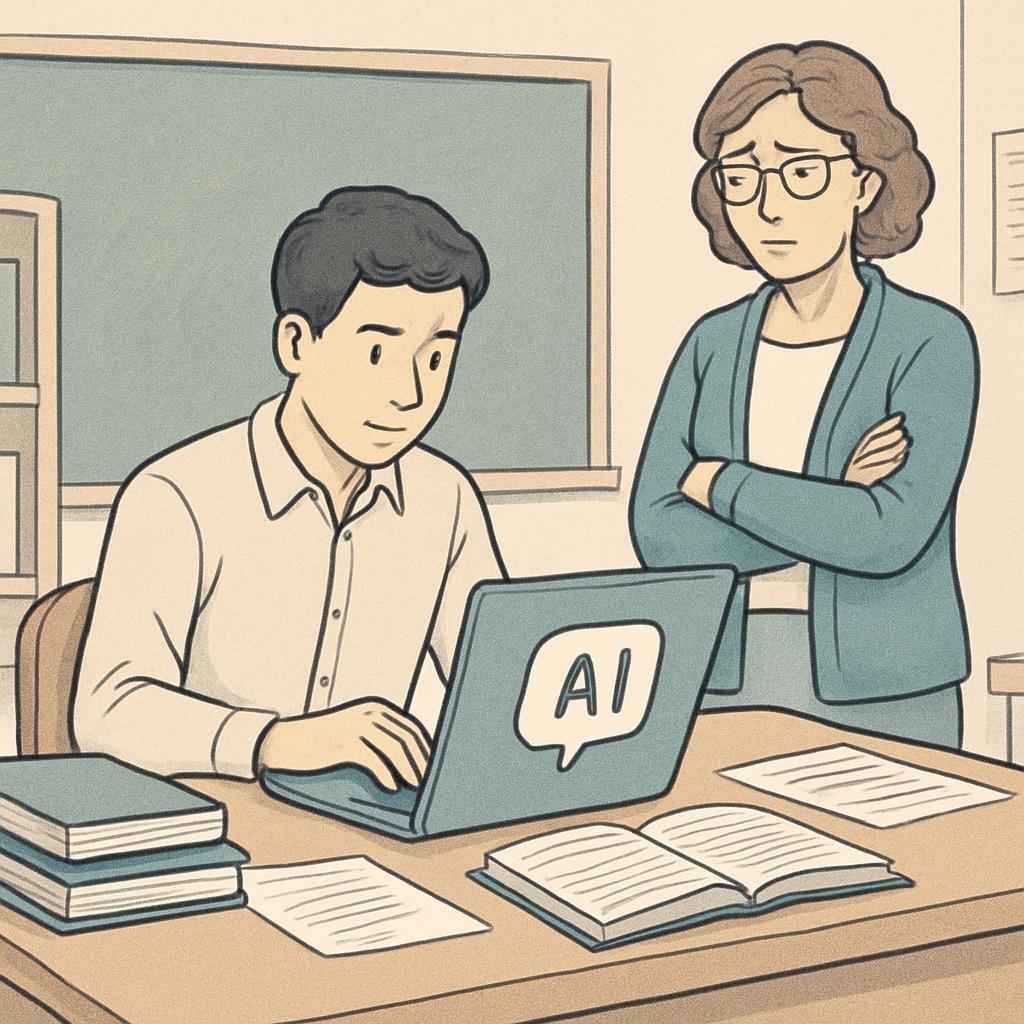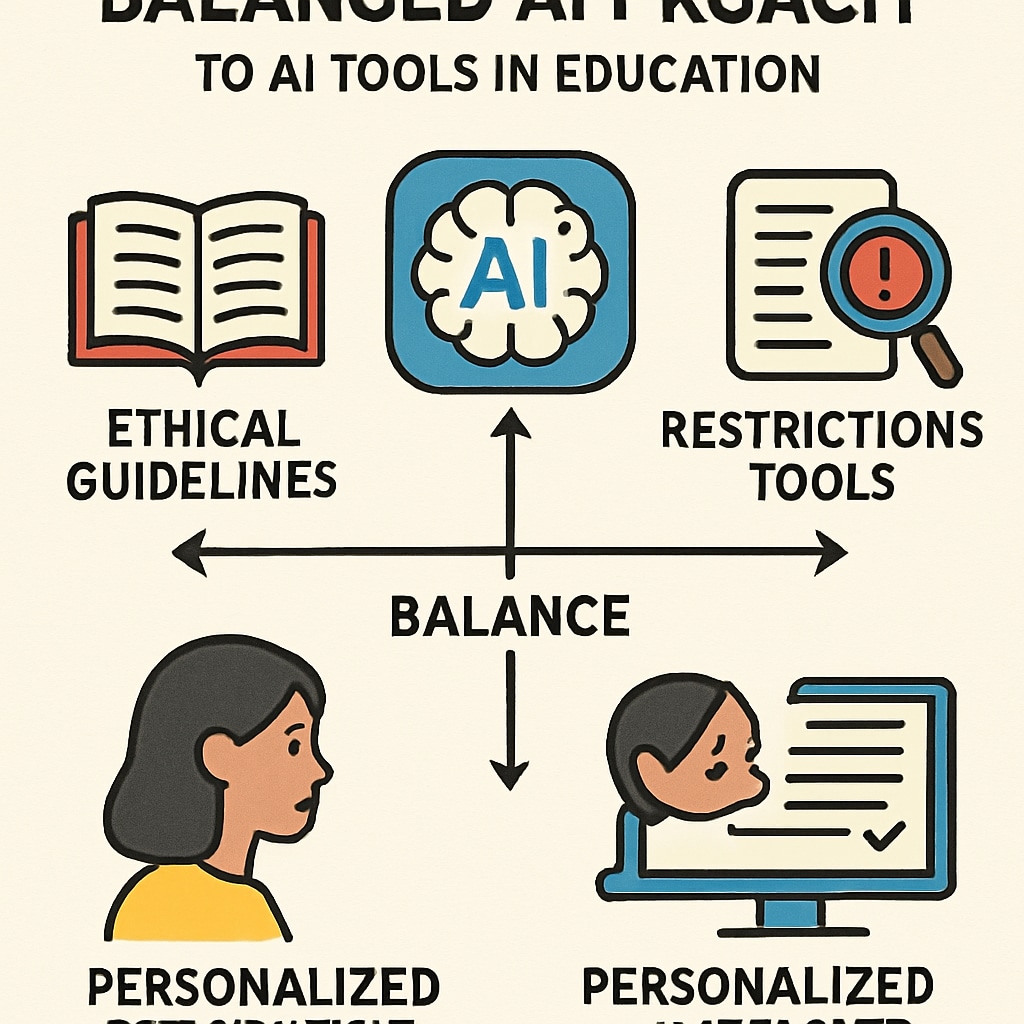With the increasing prevalence of AI tools like ChatGPT, the realm of education faces new challenges in maintaining academic integrity. Students using AI-generated content to complete assignments have sparked debates about learning quality, effective assessment strategies, and the overall cost of adapting education systems to this new reality. As a result, educators must balance the opportunities provided by AI technology with the need to uphold ethical standards and ensure genuine learning.
Understanding the Impact of AI Tools on Academic Integrity
The use of AI tools in education has grown rapidly. While these tools offer significant benefits—such as personalized learning, quick research assistance, and creative idea generation—they also pose a risk to academic integrity. AI-generated content can tempt students to bypass the critical thinking and effort required in traditional learning processes, undermining the authenticity of their work. This not only affects their educational growth but also raises concerns about fairness in evaluation.
Moreover, many AI tools produce outputs indistinguishable from student-written work, making it challenging for educators to identify cases of academic dishonesty. As the technology continues to evolve, educators must address these concerns to maintain trust in the academic system.

Limitations of Current Detection Methods
Despite the availability of AI detection tools, identifying AI-generated content remains a complex task. Tools like AI content detectors often struggle with accuracy, particularly when the generated content is highly customized or combined with human input. This can lead to false positives, where legitimate student work is flagged, or false negatives, where AI-generated content goes unnoticed.
In addition, relying solely on detection software can increase education costs, as institutions must invest in licensing, training, and updating these tools. For example, many AI detection tools require subscription fees, which may strain budgets, particularly for underfunded schools and universities. These limitations highlight the need for a more comprehensive approach to addressing the challenges posed by AI tools in education.
Practical Strategies for Educators
Rather than viewing AI tools as a threat, educators can embrace them as a teaching opportunity. Here are some practical strategies to balance technological innovation with academic integrity:
- Redesign Assignments: Create assignments that emphasize critical thinking, creativity, and personal reflection. Tasks that require students to connect concepts to their own experiences or solve unique problems are less likely to be completed effectively by AI tools.
- Encourage Transparency: Educate students on the ethical use of AI tools. For instance, they can use AI for brainstorming or initial drafts but must disclose its usage and refine the output themselves.
- Promote AI Literacy: Teach students how AI works, its limitations, and its ethical implications. This empowers them to use AI responsibly rather than exploit it for shortcuts.
- Focus on Process Over Product: Evaluate students based on their learning process, such as drafts, notes, and discussions, rather than solely on the final submission. This discourages reliance on AI-generated outputs.
- Collaborate with Tech Developers: Work with AI developers to improve detection methods and ensure that tools align with educational goals.

The Role of Education Costs in Addressing AI Challenges
Adapting to the AI era requires financial investment. Schools and universities need resources to train educators, implement reliable detection systems, and redesign curriculums to incorporate AI literacy. However, these education costs can be a burden, especially for institutions already facing budget constraints.
One cost-effective approach is to integrate open-source AI tools and detection software, which are often more affordable than proprietary solutions. Additionally, fostering partnerships with technology companies and nonprofit organizations can provide access to cutting-edge resources without significant financial strain.
Conclusion: Striking the Right Balance
The emergence of AI tools like ChatGPT has undeniably transformed the educational landscape. While these tools offer valuable benefits, they also challenge academic integrity and require educators to rethink traditional teaching and assessment methods. By adopting innovative strategies, promoting ethical AI use, and addressing the associated costs, education systems can turn these challenges into opportunities for growth and modernization.
As the AI era continues to unfold, a proactive and balanced approach will ensure that technology enhances learning rather than undermines it. Educators, students, and policymakers must collaborate to create an academic environment where integrity and innovation coexist harmoniously.
Readability guidance: Short paragraphs, clear headings, and lists are used to improve readability. Overly complex sentences and passive voice are avoided to keep the content accessible and engaging.


